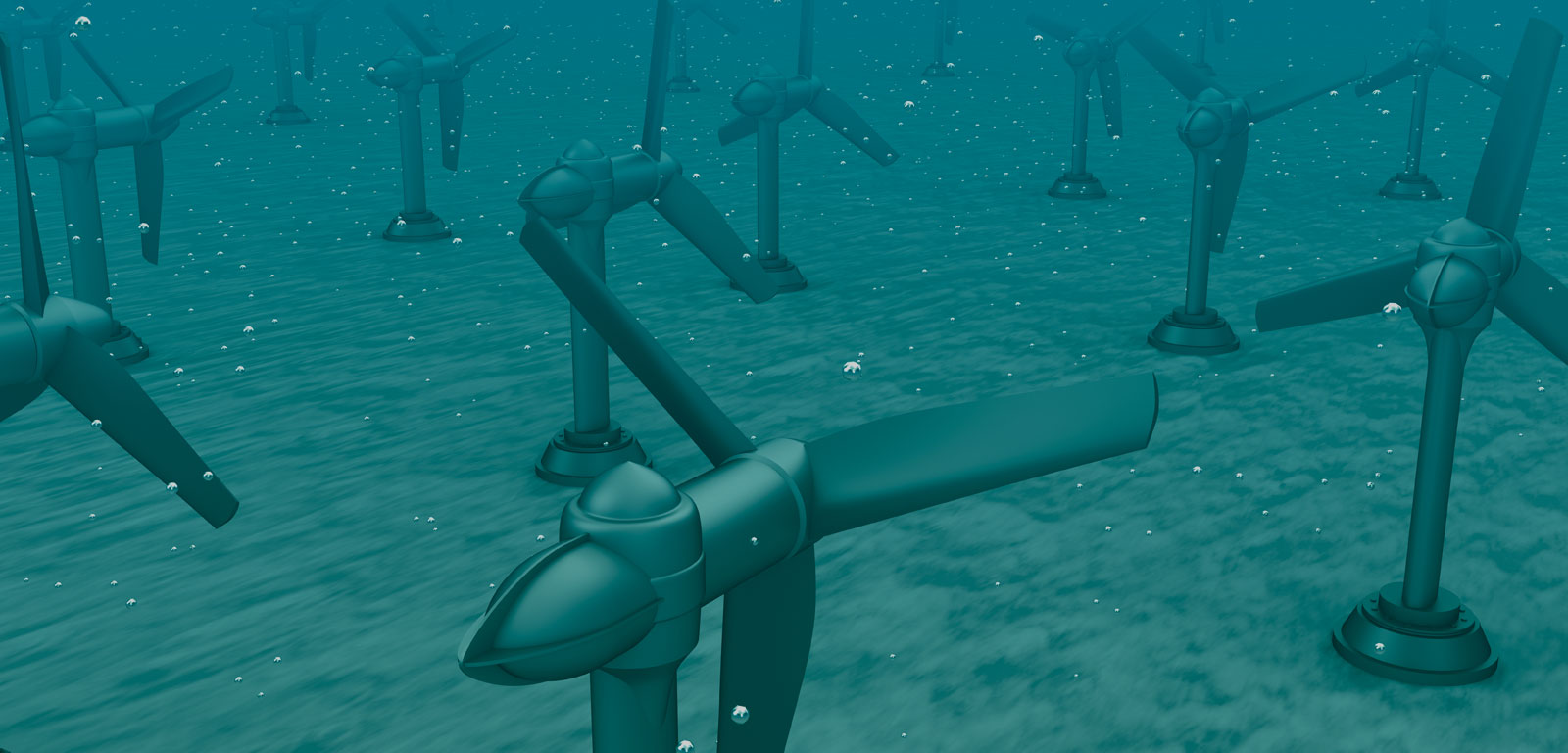Subject
Applied electromagnetics in power engineering
General details of the subject
- Mode
- Face-to-face degree course
- Language
- English
Description and contextualization of the subject
Modeling and dimensioning of electric power installations and apparatus requires physical understanding and knowledge of mathematical modeling. In order to calculate stresses and parameters that characterize power systems or electrical apparatus, a sound knowledge of fundamental electromagnetic field theory is essential. A continuation of electromagnetic theory with emphasis on adaption and use in electric power engineering is needed for applying static approaches when analyzing steady-state phenomena in electrical apparatus and systems. This course caters to this rationale by introducing numerical calculation tools based on Finite Element Method for analysis of electric and magnetic fieldsHaving completed the course, the candidate should have knowledge on static and dynamic fields from:
- Maxwell's equations and how to make relevant simplifications for analysis in electrical power engineering
- Use of modern numerical software tools to solve practical problems in electric power engineering
- Recognizing phenomena related to practical problem solving and selection of the right model and calculation tools
- Calculating parameters to be used in modeling and analysis of electric power apparatus and systems
Teaching staff
| Name | Institution | Category | Doctor | Teaching profile | Area | |
|---|---|---|---|---|---|---|
| BLANCO ILZARBE, JESUS MARIA | University of the Basque Country | Profesorado Titular De Universidad | Doctor | Not bilingual | Fluid Mechanics | jesusmaria.blanco@ehu.eus |
| EGUIA LOPEZ, PABLO | University of the Basque Country | Profesorado Agregado | Doctor | Not bilingual | Electrical Engineering | pablo.eguia@ehu.eus |
| ESTEBAN ALCALA, GUSTAVO ADOLFO | University of the Basque Country | Profesorado Titular De Universidad | Doctor | Not bilingual | Fluid Mechanics | gustavo.esteban@ehu.eus |
| MARTINEZ DE ALEGRIA MANCISIDOR, IÑIGO | University of the Basque Country | Profesorado Agregado | Doctor | Bilingual | Electronic Technology | inigo.martinezdealegria@ehu.eus |
Competencies
| Name | Weight |
|---|---|
| To perform analytical and numerical analysis of a variety of known basic topics related to electric power apparatus and systems | 25.0 % |
| To use numerical calculation tools based on finite element method for analysis of electric and magnetic fields | 25.0 % |
| To apply relevant software to determine parameters and to simulate practical problems where field analysis is important | 25.0 % |
| To work independently and in groups | 25.0 % |
Study types
| Type | Face-to-face hours | Non face-to-face hours | Total hours |
|---|---|---|---|
| Lecture-based | 45 | 72 | 117 |
| Seminar | 9 | 30.5 | 39.5 |
| Applied classroom-based groups | 21 | 10 | 31 |
Training activities
| Name | Hours | Percentage of classroom teaching |
|---|---|---|
| Classroom/Seminar/Workshop | 21.0 | 100 % |
| Exercises | 10.0 | 0 % |
| Expositive classes | 45.0 | 100 % |
| Groupwork | 9.0 | 100 % |
| Presentation and defence of projects | 30.5 | 0 % |
| Systematised study | 72.0 | 0 % |
Assessment systems
| Name | Minimum weighting | Maximum weighting |
|---|---|---|
| Evaluation by means of the presentation of projects | 20.0 % | 40.0 % |
| Written examination | 60.0 % | 80.0 % |
Learning outcomes of the subject
Realizar análisis analítico y numérico de una variedad de temas básicos conocidos relacionados con los equipos y sistemas eléctricosTemary
Topic 1 Introduction, PDE formulation, The Finite Element MethodTopic 2 Introduction to COMSOL Multiphysics
Topic 3 Electric conductive field modelling: boundary conditions, equations, simplified calculations
Topic 4 COMSOL examples
Topic 5 Electric capacitive field modelling
Topic 6 Electric capacitive field modelling - COMSOL examples
Topic 7 Design issues: insulation coordination
Topic 8 Modelling of dielectric problems - COMSOL examples
Topic 9 Electric system parameters: analytical modelling - capacitance in power transmission lines
Topic 10 Matlab computations
Topic 11 Electric system parameters: analytical modelling - capacitance in power cables
Topic 12 Three-phase cables with shielding - COMSOL examples
Topic 13 Magnetostatics: permanent magnets, energy calculation, inductance
Topic 14 Maxwell tensor forces calculation in COMSOL
Topic 15 Design issues in magnetostatics: magnetic field amplifications, saturation, losses, magnetic and electric loading
Topic 16 COMSOL examples
Topic 17 Dynamic magnetic fields: stationary AC modelling, skin effect, proximity effect, eddy currents, induced loss and heat motion
Topic 18 COMSOL examples
Topic 19 Modelling of ODE
Topic 20 COMSOL examples
Topic 21 Inductive parameters: cables and transmission lines, analytical and numerical solution
Topic 22 COMSOL examples
Topic 23 Multiphysics
Topic 24 Revision
Bibliography
Basic bibliography
Compendium: "Power Line Parameters", Arne Nysveen, NTNUCompendium: ¿Electromagnetics in Power Engineering¿, Robert Nilssen, NTNU
Notaros, ¿Electromagnetics¿. Pearson Education, 2010.
Young & Freedman, ¿University Physics. Pearson Education¿. Ed. 12 or Ed. 13. Chap 21-31


